I have been popping into Hospital Swamp at Lake Connewarre on my way to work.
Usually at this time of year several species of cuckoo can be seen at Hospital Swamp (such as shining bronze-cuckoos and Horsfield’s bronze-cuckoos), as they aim to lay their eggs in the nests of other small birds such as superb fairy wrens.
I have seen a few fan-tailed cuckoos this year at Hospital Swamp, as well as a pallid cuckoo, but it is early spring so hopefully the other smaller cuckoos will hang around Hospital Swamp soon.
At this time of year white-winged trillers can be occasionally seen around the same area as they venture south for the breeding season, but I have not seen any of these birds either.
I have had a few close encounters with swamp harriers over the past few weeks. One ‘swampie’ briefly landed near where my car was parked in Breamlea. This bird is the perfect example of an older female bird as their plumage lightens as they age.
Another ‘swampie’ flew past me at Swan Bay, and this bird was a noticeably young bird, with dark plumage and with pale undersides to the base of the primary flight feathers. I just love the ‘swampies’ and find them hard to get close to, so I was happy to have two close encounters in a fortnight.
On the subject of raptors, (my favourite topic) a few lucky birdwatchers saw a square-tailed kite at Ocean Grove Nature Reserve. Square-tailed kites are not commonly seen In Victoria and most records are in the Orbost and Mallacoota areas of East Gippsland.
I was lucky to have an invitation to visit Jac from Ocean Grove Nature Reserve. He and his partner Sandra live in Wallington on a few acres. They have a lovely large pond on the property, and a pair of Australasian grebes were seen constructing a nest from reeds in the pond. The photo illustrates why grebes have trouble walking on land, as their legs are positioned so far to the back of their body. The leg position greatly increases their ability to dive and swim underwater, so when they are threatened this is how they tend to react.
I have recently had a visit to my garden by the twin red-rumped parrot that fledged from the nesting box in my garden last spring. I noticed last year that one of the fledglings was yellow, and totally looked very unusual indeed, and the other one lacked a few feathers on the head, so they were both really distinctive.
The yellow bird has normal coloured eyes, feet, legs and beaks compared to other red-rumped parrots, but is leucistic in that the feather colour is very unusual compared to most birds of the same species. This bird has been fortunate to survive the year, as it would stand out like a beacon to predators, for the same reason that all budgerigars in the wild are green so that they can camouflage.
I was very happy to see a small flock of blue-winged parrots near Winchelsea. Blue-winged parrots breed in Tasmania and Victoria and can be seen in grasslands, grassy woodlands and wetlands near the coast and inland areas. They have an olive-green head and upper body, with yellow underparts, a large blue patch on the wings, and a lovely thin dark blue band across the forehead.
I received an email from Jan and Lin, who live in Ocean Grove. They observed a medium sized raptor in their garden, that from the photos that they sent could be identified as a collared sparrowhawk. It was on the ground clutching a dead bird. It was picking away at its prey but flew off with the bird dangling from its claws.
The New Holland honeyeaters were going berserk as it was sitting near a clump of trees where they may have a nest. Jan and Lin have lived in their house for six years, and see a great variety of birds around the area but never before seen a collared sparrowhawk.

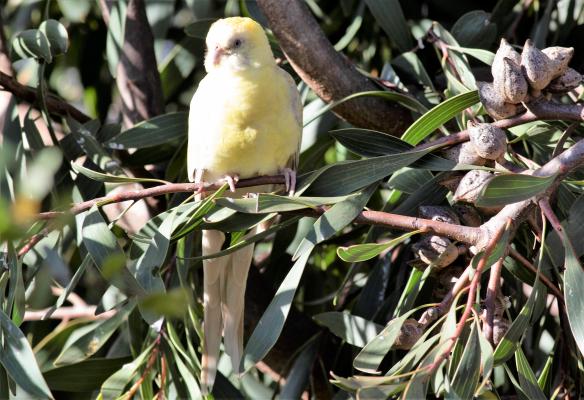
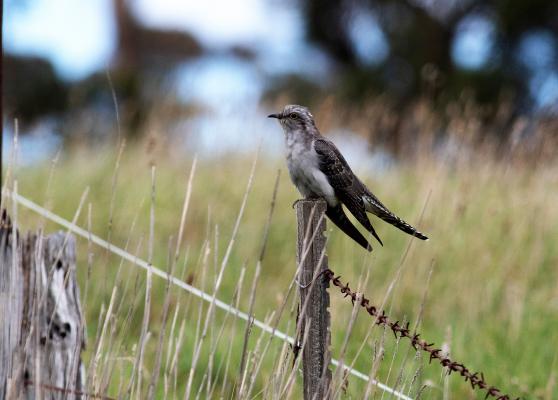
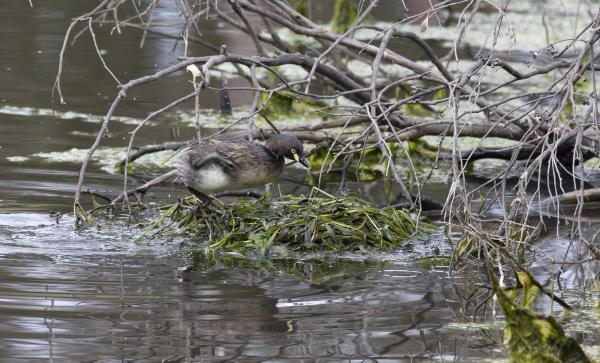
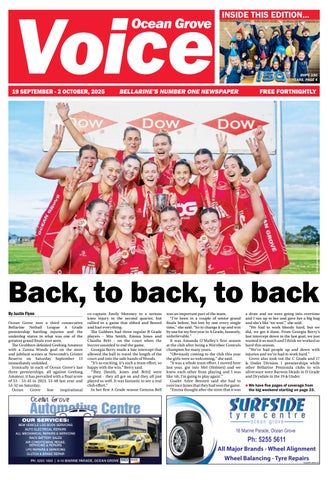


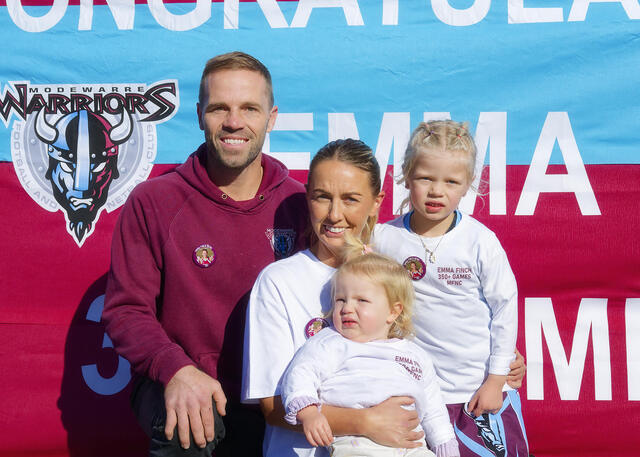
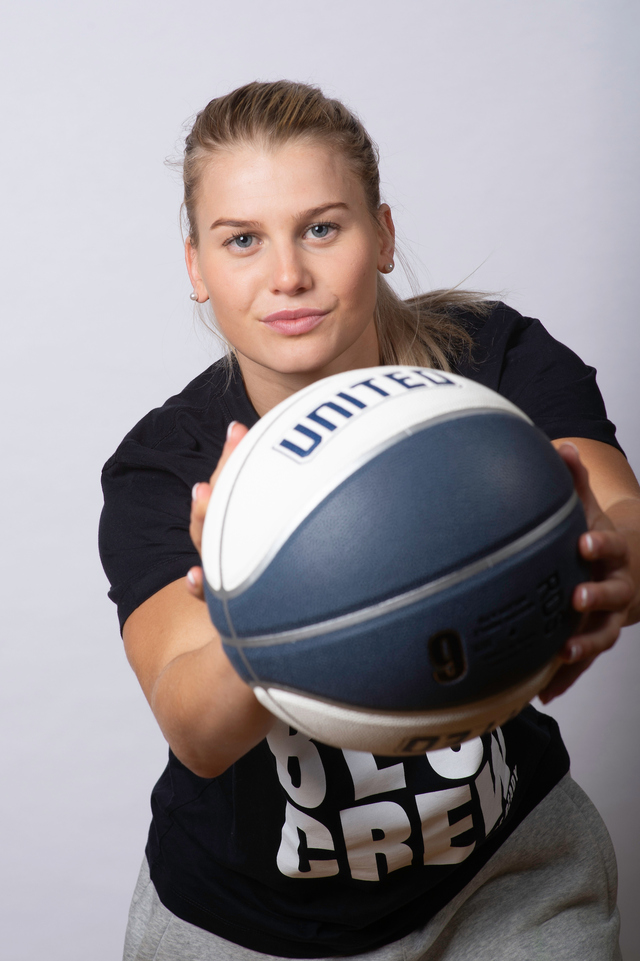
![[READER COMPETITION] – Win a Viking european river voyage valued at $16,190](https://oceangrovevoice.com.au/wp-content/uploads/2025/07/viking-competition-wesbite-image-3.png)

